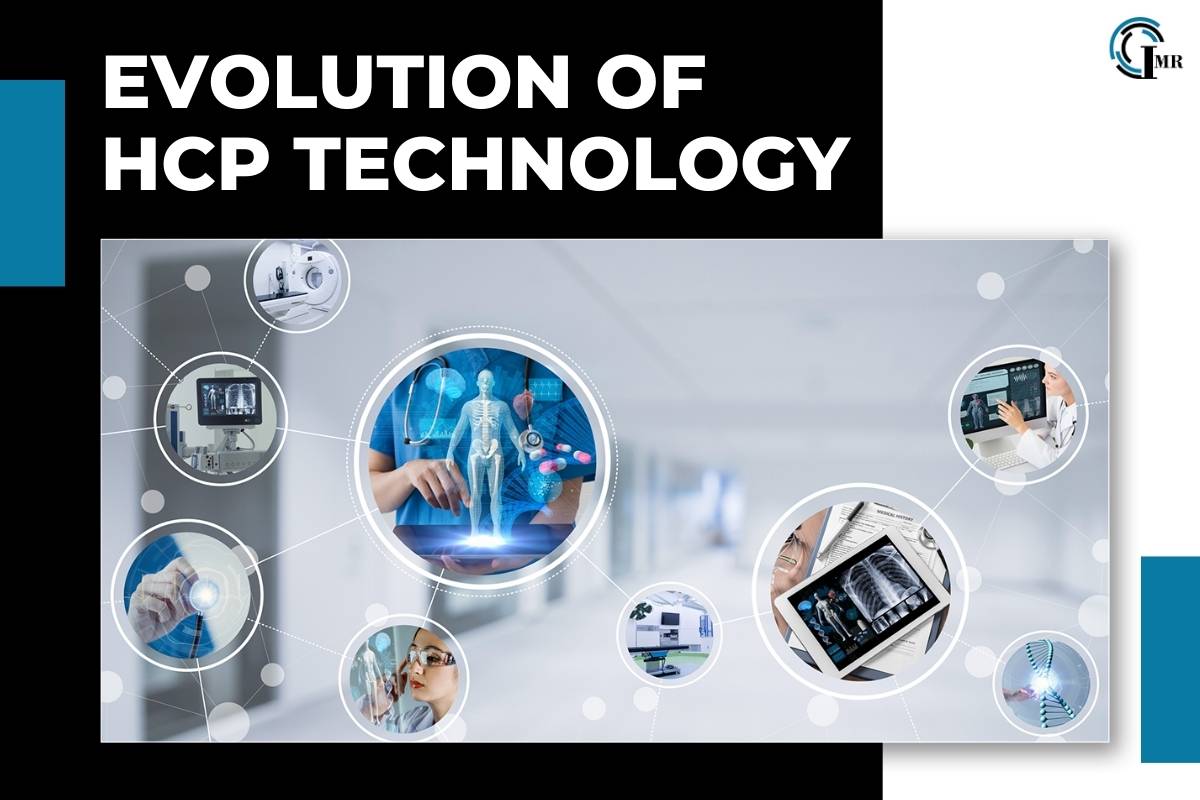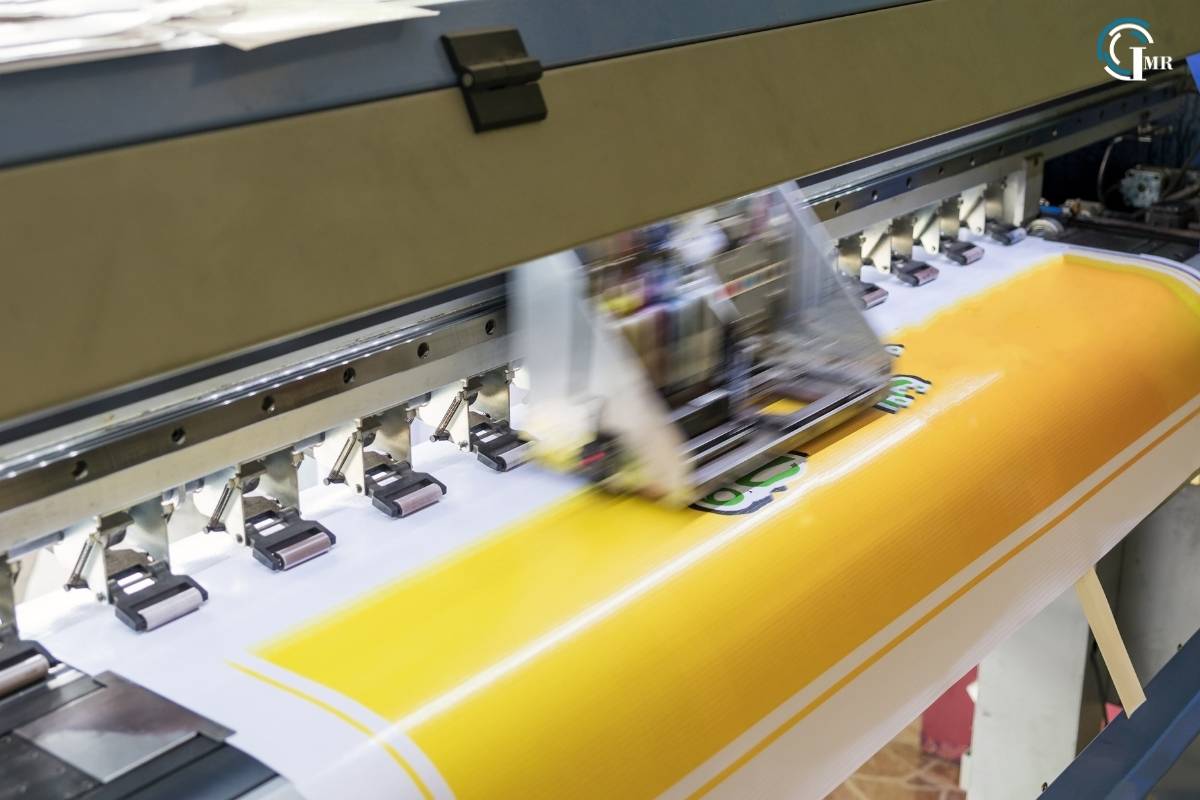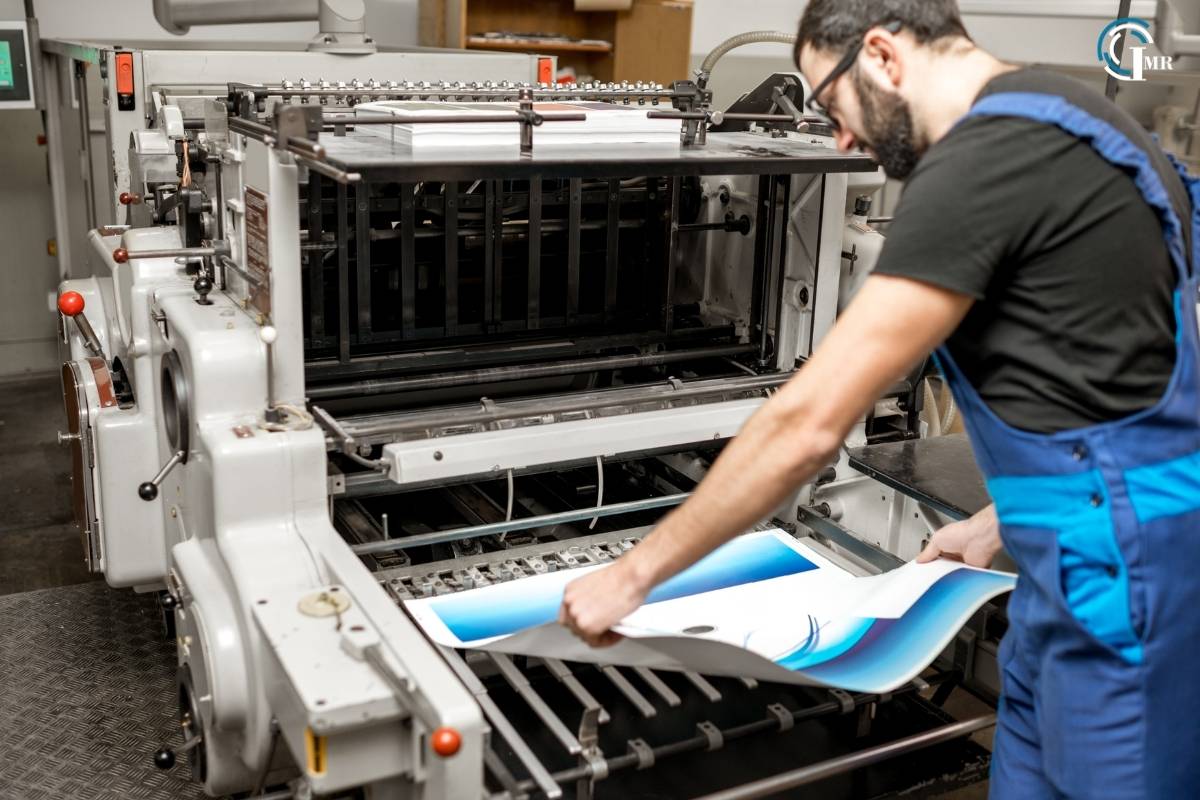Evolution Of HCP Technology: Transforming The Hardcopy Peripherals Industry

(Source-pharmaphorum.com).
The Hardcopy Peripherals (HCP) industry has undergone remarkable transformations over the past few decades. What began as simple, standalone printing devices has evolved into sophisticated, multifunctional machines that integrate seamlessly with digital workflows. This evolution of HCP technology has been driven by technological advancements, changing user demands, and the overarching trend towards digital transformation in both personal and professional environments.
Early Days of HCP Technology
The evolution of HCP technology dates back to the late 20th century when dot matrix printers were the norm. These devices were noisy, slow, and offered limited print quality. However, they were a significant step forward from typewriters, allowing for basic text and graphics printing. The 1980s saw the introduction of laser printers, which revolutionized the HCP industry by offering faster speeds and higher quality prints. Laser printers quickly became the standard in offices worldwide, marking the first major leap in HCP technology.
The Rise of Inkjet Printing

While laser printers dominated the professional market, inkjet printers emerged as a popular choice for home users in the 1990s. Inkjet technology, which uses liquid ink sprayed through microscopic nozzles, allowed for high-quality color prints at a lower cost. This innovation made it possible for users to print photographs and complex graphics with greater detail and accuracy. The versatility and affordability of inkjet printers led to widespread adoption, further expanding the reach of the HCP industry.
Integration of Multifunctional Capabilities
As technology advanced, so did the expectations of consumers and businesses. The early 2000s saw the advent of multifunctional devices (MFDs), which combined printing, scanning, copying, and faxing into a single unit. This integration simplified office workflows, reduced equipment costs, and saved valuable office space. MFDs became a staple in offices, driving the next wave of growth in the Hardcopy Peripherals (HCP) industry.
Digital Transformation and Connectivity
The digital revolution of the 21st century had a profound impact on the evolution of HCP technology. Connectivity became a key feature, with printers and MFDs integrating with local networks and the internet. Wireless printing, cloud connectivity, and mobile printing apps became standard, enabling users to print from anywhere at any time. These advancements catered to the growing need for flexibility and convenience in an increasingly digital and mobile world. This is an important aspect of the evolution of HCP technology.
The Shift towards Sustainability
Environmental concerns and the push for sustainability have also influenced the evolution of HCP technology. Modern printers are designed to be more energy-efficient, using less power during operation and standby modes. Additionally, manufacturers have developed eco-friendly inks and toners, as well as recycling programs for cartridges. The Hardcopy Peripherals (HCP) industry has responded to the demand for greener practices by creating products that minimize waste and reduce the carbon footprint.
Innovations in Print Quality and Speed

One of the most significant advancements in HCP technology has been the continuous improvement in print quality and speed. High-resolution printing, achieved through innovations in inkjet and laser technologies, has enabled the production of professional-grade documents and images. Speed enhancements, such as faster print engines and improved data processing, have reduced waiting times and increased productivity. These improvements have ensured that HCP devices remain relevant and valuable in both personal and professional settings.
3D Printing: A New Frontier
The advent of 3D printing has opened up entirely new possibilities for the HCP industry. Unlike traditional printers that produce two-dimensional documents, 3D printers create physical objects by layering materials based on digital models. This technology has applications across various industries, from healthcare and automotive to aerospace and consumer goods. The ability to quickly prototype and produce customized parts has revolutionized manufacturing processes, demonstrating the far-reaching potential of HCP technology.
Smart and Cloud-Connected Devices
The integration of smart technologies has further propelled the evolution of HCP devices. Modern printers and MFDs are equipped with advanced sensors, artificial intelligence (AI), and machine learning capabilities. These features enable predictive maintenance, automatic supply reordering, and enhanced security protocols. Cloud connectivity allows for seamless integration with document management systems, ensuring that users can access and print their documents from virtually anywhere. This level of intelligence and connectivity has transformed HCP devices into integral components of the modern digital ecosystem.
Security and Data Privacy
With the increasing connectivity of HCP devices, security and data privacy have become critical considerations. Cybersecurity threats have necessitated the implementation of robust security measures to protect sensitive information. Modern HCP devices come equipped with encryption, user authentication, and secure printing features to prevent unauthorized access and data breaches. The Hardcopy Peripherals (HCP) industry continues to prioritize security, ensuring that users can trust their devices to safeguard their information.
The Future of HCP Technology

The evolution of HCP technology shows no signs of slowing down. As we look to the future, several trends are poised to shape the next phase of development in the Hardcopy Peripherals (HCP) industry:
- Artificial Intelligence and Machine Learning: The integration of AI and machine learning will continue to enhance the capabilities of HCP devices. Predictive analytics will optimize device performance, reduce downtime, and improve overall user experience.
- Sustainable Practices: The push for sustainability will drive further innovations in eco-friendly printing technologies. Expect to see more energy-efficient devices, biodegradable materials, and comprehensive recycling programs.
- Advanced Connectivity: 5G and IoT (Internet of Things) technologies will enable even greater connectivity and collaboration. HCP devices will become central hubs in smart office environments, facilitating seamless communication and data sharing.
- Customization and Personalization: The demand for personalized products and services will influence the development of HCP technology. 3D printing, in particular, will offer new opportunities for customization in various industries.
- Enhanced User Experience: User-centric design will focus on simplifying interfaces and improving ease of use. Voice-activated controls, intuitive touchscreens, and advanced automation will make HCP devices more accessible and efficient.
Conclusion
The evolution of HCP technology has been a journey of continuous innovation and adaptation. From the early days of dot matrix and laser printers to the sophisticated, connected, and sustainable devices of today, the Hardcopy Peripherals (HCP) industry has consistently evolved to meet the changing needs of users. As we move forward, the integration of advanced technologies, a focus on sustainability, and an emphasis on security will ensure that HCP devices remain indispensable tools in both personal and professional environments. The future holds exciting possibilities for HCP technology, promising to further transform the way we print, create, and connect.




.jpg)
Comments